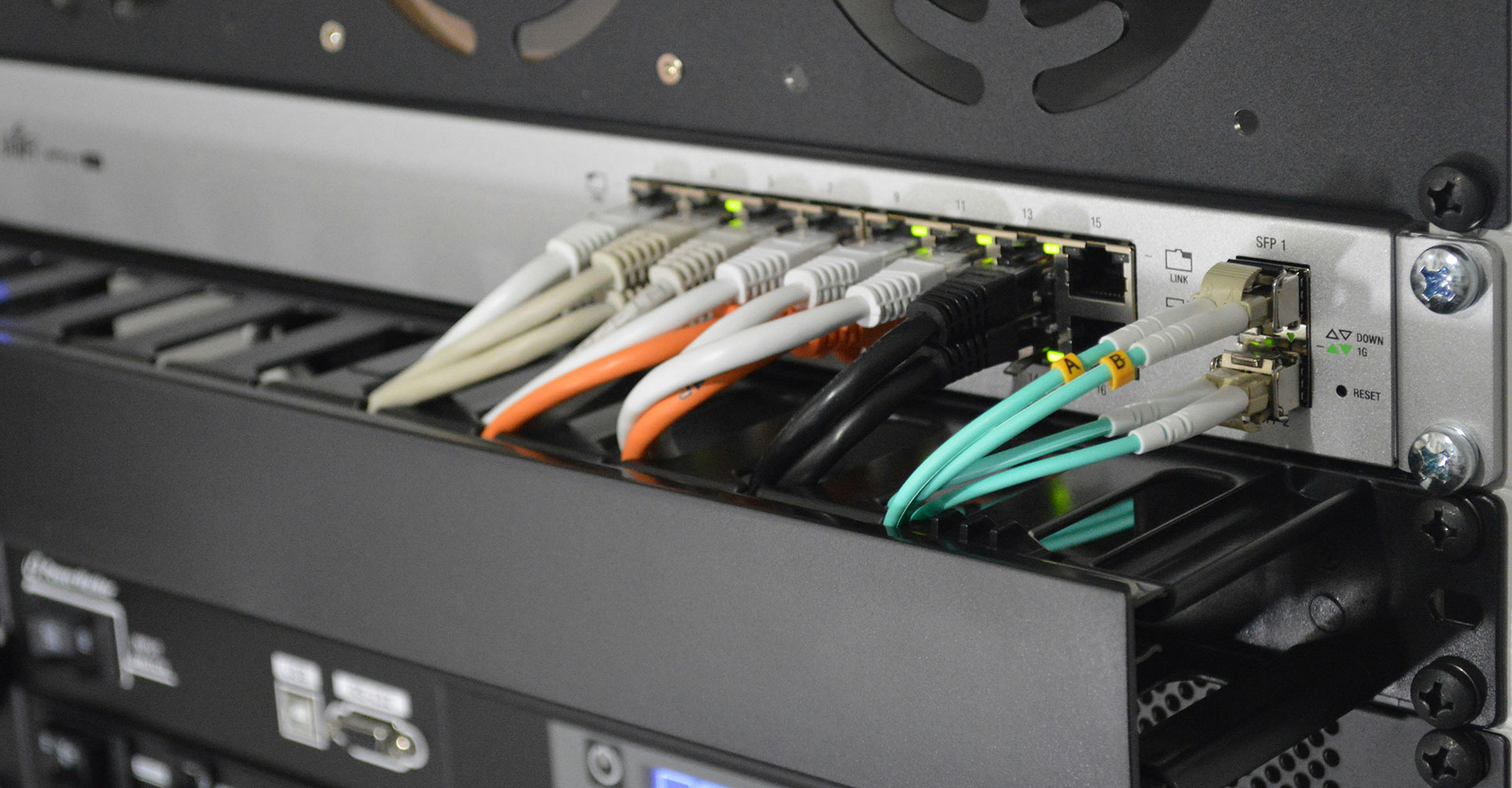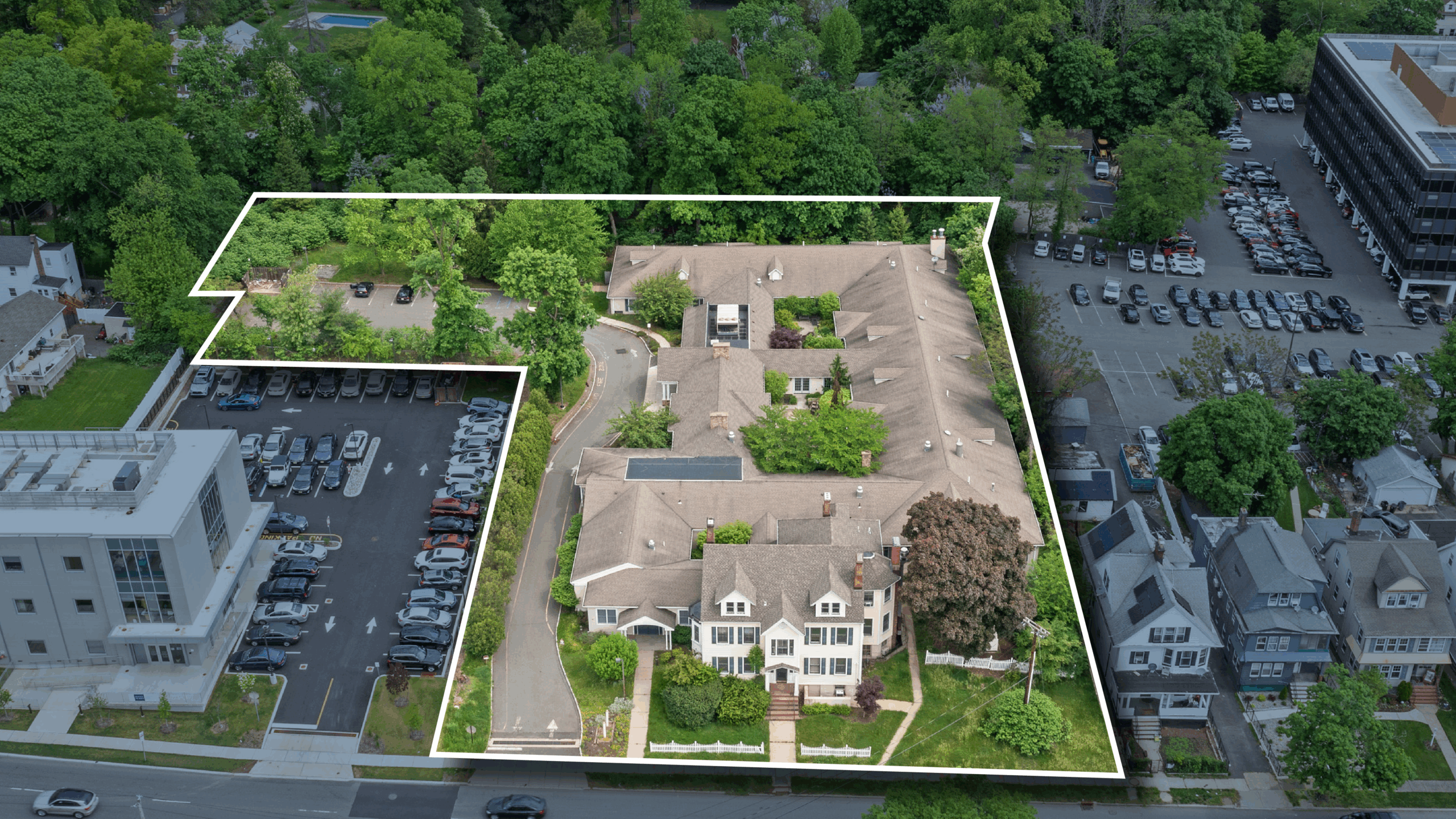Technological innovation has always been a game-changer, and one area that’s benefitting from its evolution is the real estate sector. One transformative tool? Virtual reality (VR), which offers engaging, immersive experiences and has revolutionized how sellers showcase and buyers tour properties.
Keep reading to learn more about the advantages and benefits of VR and its potential to revolutionize the CRE industry and change how you do business.
Virtual Tours
The most common use case of VR in CRE is that it allows you to give customers a 360° view of any property, from retail stores and office spaces to warehouses and apartment complexes. This option empowers buyers to explore properties at their own pace, from any angle, which can help them to make informed decisions about whether to buy or lease. Virtual tours are also an eco-friendly alternative that reduces the carbon footprint associated with property viewings and travel.
Market Research
Use VR to conduct market research and gain in-depth insights for decision-making. For example, you could create a VR simulation of a new development and ask potential tenants to explore it and offer feedback about their needs and preferences that you could use to make adjustments and design a more successful project. Or use the technology to ask property or building managers to take a tour and identify potential issues more easily resolved before occupancy.
Remote Client Consultations
If your clients don’t live close to a property they’re interested in, use VR to hold remote consultations and offer a guided tour where they can ask questions and receive information in real-time.
VR QR Codes
Encrypted QR (or quick response) codes make it easy for someone to scan the black-and-white image with their smartphone’s camera (or a downloadable QR code reader app) and get taken to a website with other information. They streamline the user experience and — in the case of real estate — can help potential clients learn more about a property for sale. You can put a VR QR code on a for-sale sign that, when scanned, takes clients to a website where they can tour the property.
Virtual Staging
This staging uses VR to create a realistic representation of an empty building, adding furniture, artwork, rugs, and other accessories designed to help potential tenants visualize themselves in the space. Have a medical facility for sale? Use virtual staging to show possible layouts appropriate for a dentist’s office. Selling a retail property? Stage the store with clothing racks and a checkout area to showcase possibilities.
Foster Collaboration Among Other CRE Professionals
Few CRE buildings are ready on day one for the tenant to open up shop, whether it’s an office, a warehouse, a retail establishment or a medical building. Architects, contractors, interior designers, technology consultants, and others can use VR to collaborate and create a 3D model of a proposed development, renovation or build-out, allowing everyone to visualize the project and determine their contributions to its success.
Marketing Campaigns
We live in an increasingly digital world — to remain a leader and rise above the competition, use VR to create more immersive, engaging campaigns. Embed VR videos into marketing collateral and on your website, where visitors can tour a new multipurpose development or other commercial building.
Research and Development
The CRE industry comprises experts across numerous verticals:
- Accounting
- Architects
- Building technologies
- Commercial flooring
- Communications
- Contractors
- Design and consulting
- Facility solutions
- Finance
- Handling systems
- Heavy equipment
- Industrial equipment
- Insurance
- Moving
- Office solutions
- Renewable energy providers
- Roofing
- Signage
- Technology
- Waste solutions
Each of these verticals could use VR to test new processes, products or designs. For example, a facility solutions company might use VR to see how different wall configurations affect airflow. A moving company might use VR to determine the most efficient way to empty (or fill) an office. A design and consulting agency could use VR to show clients different options for furniture and accessories or customize interior layouts, furniture arrangements, and decore virtually.
Site Selection and Analysis
Just as VR gives you the ability to show clients inside views of various properties, you can also use it to help with site selection and analysis. Overlay demographic and market data onto VR property tours to help clients make informed decisions.
Training and Onboarding
Earning a real estate license requires hours of study and classes. But adding VR simulations can train new agents more effectively in property evaluation, negotiation, and client interaction skills. A picture (or VR) is worth a thousand words with onboarding, too. Offer onboarding VR experiences to clients to walk them through the buying, selling, or leasing process.
Risk Assessment
Potential tenants and buyers can also use VR to assess potential risks and liabilities — like safety concerns or compliance issues — associated with properties. This technology elevates due diligence by facilitating virtual visual property inspections to help build trust and engage clients, too.
Accessibility and Inclusivity
CRE isn’t one-size-fits-all, and neither are your clients. Cater to those with physical disabilities or limitations by offering VR tours, which are more accessible than physical visits. Some VR tech also supports multiple languages, so you can provide information in your clients’ preferred languages, which extends your reach to a broader target audience.
Are you a commercial real estate investor or looking for a specific property to meet your company’s needs? We invite you to talk to the professionals at CREA United: an organization of CRE professionals from 92 firms representing all disciplines within the CRE industry, from brokers to subcontractors, financial services to security systems, interior designers to architects, movers to IT, and more.

